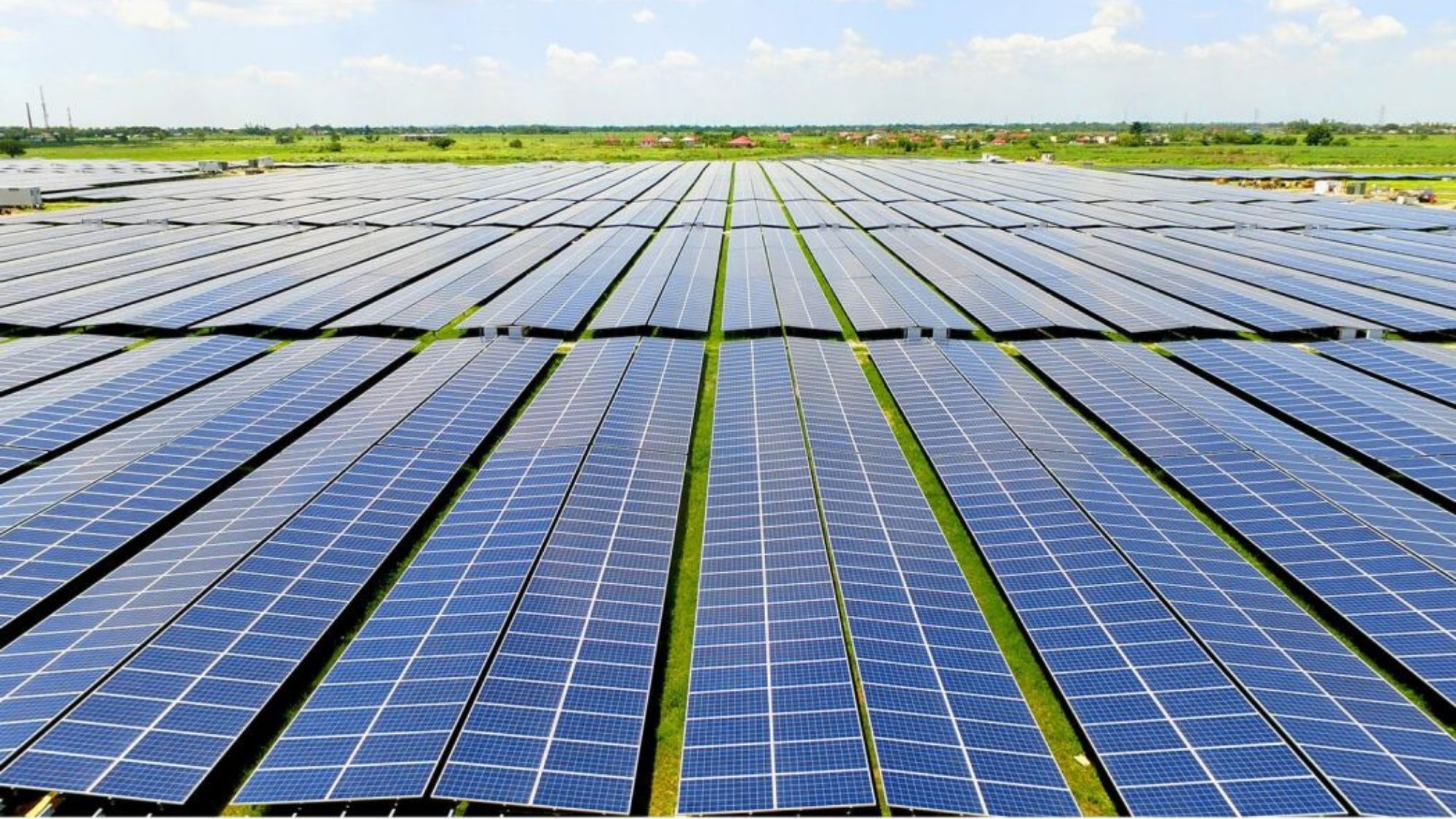Solar-powered plants – current and planned – are expected to contribute up to 3 gigawatts into the country’s power grid by next year, solving the problems of sustainable energy sourcing and frequent power interruptions.
SOLAR power is becoming a staple among energy-hungry developing countries such as the Philippines.
As the country seeks a clean and cheaper source of power, the benefits on the environment offered by solar energy cannot be ignored anymore.
It releases no greenhouse emissions into the atmosphere, unlike fossil energy that creates electricity through giant smoke-emitting power generating plants.
Since the Philippines boasts of sun-filled months at an average of 10 months a year, solar energy production is endless. This ensures solar farms of sufficient energy supply for their client power grids that span across the country.
The grid-connected solar farms in the Philippines are expected to more than triple their power capacity from 903 megawatts currently to about 3 gigawatts by next year, said the Rotterdam-based consultancy Solarplaza, a Dutch firm.
Until recently, the Philippine solar farm facilities have occupied 10 slots in Southeast Asia’s top 25 operational solar power plants, contributing as much as an energy that is expected to triple by next year to 2,700 to 3,000 megawatts (3 gigawatts).
Solarplaza said the Philippines is being rivaled by Thailand with 15 solar facilities. The remaining two are located in Malaysia and Cambodia.
To date, Negros Occidental leads in solar power production. Its solar power plant in Cadiz is contributing 132.5 megawatts. The six-year-old facility is owned by the Equiz Fund Group and is said to be the biggest in Southeast Asia.
Other Philippine solar plants listed by Solarplaza are the 80 megawatts San Carlos Solar Energy plant (ranked 8th); the 63-megawatt Solar Philippines plant in Calatagan, Batangas (9th); the 59-megawatt Toledo project of Citicore Power in Cebu (10th), and the 59-megawatt San Carlos Sun Power plant in Negros Occidental (11th).
San Carlos Sun Power plant in Negros Occidental photo from Rappler
There is also the 50-megawatt plant of Sulu Electric Power and Light in Leyte (12th); the 50-megawatt plant of Syntegra Solar and Conergy in Tarlac (13th); the 45-megawatt plant of San Carlos Solar Energy in San Carlos City (14th); the 40-megawatt plant of Majestics Energy Corp. and Mother Co. in Cavite (16th); and the 22-megawatt plant of Mabalacat Solar Philippines in Pampanga.
Solarplaza has noted that from 2014, solar energy production posted a large growth, with more than 881 megawatts of added capacity.
“The Philippines has enjoyed large growth in PV (photovoltaic) installations in the past few years,” Solarplaza said. “This ranks the Philippines at No. 5 among developing countries in Asia in terms of the use of solar photovoltaic systems for electricity generation.”
Tarlac, host to two active solar farms Syntegra Solar (50 megawatts) and Conergy, is seeking to become a “renewable energy hub” of the Philippines.
To date, Infinity Solar is among four multinational corporations building solar farms with a power generating capacity of 45 to 50 megawatts. It has acquired a 45-hectare land in Barangay Sta. Rosa, which is extended to Barangay Murcia.
Conergy Group, the world’s largest supplier of photovoltaic (PV) energy, is to build the 50MW Tarlac Solar Power Project on a 55-hectare land near the Hacienda Luisita.
Concepcion Mayor Danny Lacson said his municipality has attracted a good number of potential investors due to its unique topography (flatland).
Once operational, the solar farms could generate P20 million yearly in additional revenue for Concepcion, he said.
Solar Philippines said the projects it started last year will generate a total capacity of more than 1GW once operational towards the last quarter of this year.
Leandro Leviste, the company founder, said the various projects are almost complete in Batangas, Cavite, Nueva Ecija, and Tarlac.
He said in an interview with ANC, the projects will nearly double the total installed capacity as of last year and are equivalent to the power demands of about 10 million people
As a strategy, the company brought in partners to its operating farms in Calatagan town, Batangas and Concepcion, Tarlac.
The solar projects have generated 20,000 jobs during the construction phase. However, with most activities winding up in the next few months, many skilled workers would remain until next year for the needed maintenance jobs.
In two years, says Solar Philippines, it expects the project to become the largest single portfolio in solar projects in Southeast Asia.
Tags: #energy, #solarpower, #solarpowerplants, #energygrid
